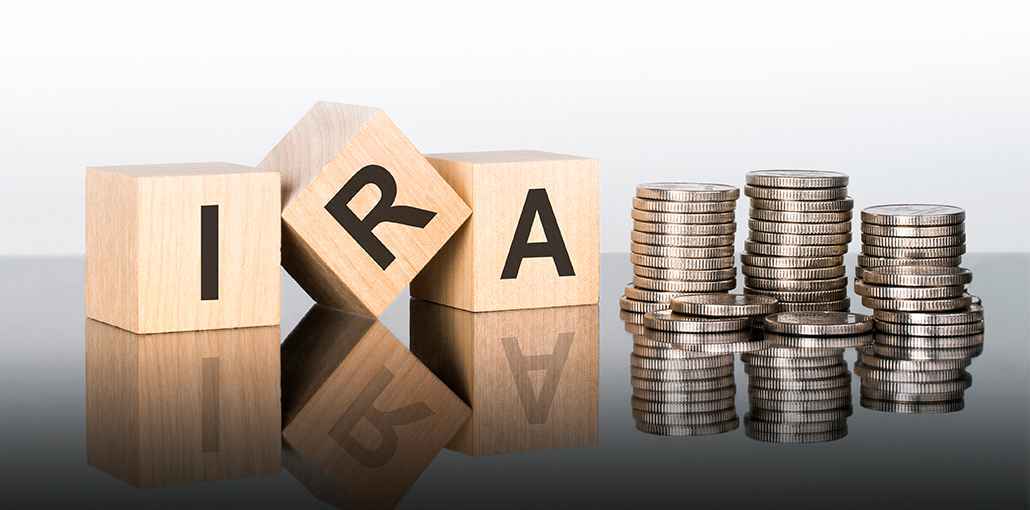When it concerns retirement savings, individuals pave their way to automatic contributions into the 401 (k) account. It is one of many retirement-saving options for US citizens. There are several other retirement plans people contribute towards their future savings. The self directed IRA (individual retirement account) offers an innovative way to save for retirement. When investing in a self-directed IRA, individuals have multiple options for future savings and taking control of their retirement accounts. IRAs have several benefits when it comes to finding a secure and seamless retirement, and the article focuses on how retirees can take control of their finances.
Easily Accessible and Convenient to Set Up
The good thing about self-directed IRAs is that most individuals can open an IRA account and contribute towards it. To open and contribute to the IRA account, the individual and the spouse should earn or generate taxable income through employment or business. There is no age restriction for opening an IRA account and contributing toward it. The potential to contribute to the IRA account decreases. It depends on the tax filing status and the sum of the adjusted gross income.
An individual can open a self-directed IRA account through banks, financial institutes, and brokerage firms within a few minutes. The highlight of a self-directed IRA account is that individuals handle their investments independently or seek professional help for strategy implementation. Some individuals choose the approach where the account automatically monitors and rebalances the investments to cater to the goals.
Individuals Enjoy Current Tax Break Benefits
Self-directed IRAs offer tax-deferred benefits. It indicates that individuals don’t have to pay untaxed contributions and earnings. It is allowed unless individuals have to contribute minimum distributions at 73 years. With a self-directed IRA, individuals invest more upfront than in a traditional brokerage account. The more people invest in the self-directed IRA in the present, the more they can withdraw when it is time to retire. The highlight of a traditional IRA account is that it is tax-deductible, based on whether a person has a retirement plan and a consistent income level.
Account Holders Experience Tax-Break in Retirement
A self-directed IRA generates an upfront tax break and excellent perks when an individual is ready to retire. Since individuals contribute after-tax amounts, the earnings and withdrawals are non-taxable in retirement. It is a benefit for investors, especially the younger generation. A self-directed IRA has the advantage of offering tax-free distributions in retirement. It is one of the profit-generating retirement choices when a person in his 20s or 30s opens an IRA account and starts contributing. The potential to compound tax-free capital or funds over the working years is big. With tax-free withdrawals in the retirement years, self-directed IRAs make cashing out smooth and hassle-free.
Also read: Capitalize on Precious Metal IRA Tax Breaks
Account Holder Owns 100% of the IRAs
Surveys claim that almost 75% of Americans can access employer-sponsored retirement plan benefits, like 401 (k). Irrespective of whether an individual has access to a 401 (k) plan, he can still leverage the benefits of self-directed IRA funds in retirement. With a 401 (k) plan benefit, an individual is not an owner but a participant. The employer might change the limits and plans of the investment options.
Resigning from the job means he loses the potential to further contribute to the employer-sponsored retirement plan. However, with a self-directed IRA, the individual is the contributor and the owner. His access remains unchanged despite switching jobs or remaining unemployed. The individual can also rollover the 401 (k) funds into the self-directed IRA. Furthermore, IRAs offer multiple investment options, like bonds, mutual funds, stocks, and ETFs (exchange-traded funds). With an IRA account, individuals manage their portfolio independently depending on financial needs, emergencies, and retirement objectives.
Conclusion
With a self-directed IRA, individuals take control of the financial future. He controls all the decisions of the IRA account. Furthermore, multiple investment ways are flexible, contributing to the retirement plan. A self-directed IRA is unlike 401 (k) and 403 (b) employer-sponsored plans. Individuals invest beyond stock markets and bonds with multiple investment options, like real estate, precious metals, private equity, and private stocks. Individuals who abide by the IRA regulations can enjoy multiple tax benefits in the current year and the retirement days.










Leave a comment